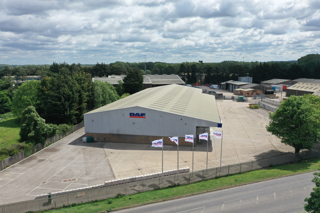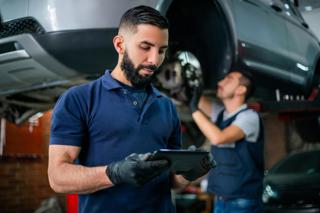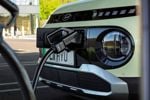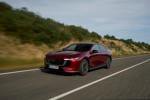By Antonio Avenoso, executive director of the European Transport Safety Council (ETSC)
In the public policy debate on new vehicle safety measures, the issue of costs is always a consideration. The EU’s latest proposal to update minimum vehicle safety standards for all new cars in Europe is no exception.
Cost-effectiveness was a key consideration when the European Commission looked at what new technologies and standards should be recommended for mandatory adoption.
Its initial list of 55 candidate measures was subject to extensive research and analysis by the UK’s Transport Research Laboratory (TRL) in order to decide on the final list of some 15 technologies and standards.
The measures put forward are a carefully calibrated package that work together to prevent crashes occurring and reducing the impact when collisions occur on both vehicle occupants and other road users. For example, there are clear cost advantages to fitting lane-keeping assistance, intelligent speed assistance and automatic emergency braking as a package because they share components.
The overall impact on new car prices is also likely to be marginal as mass adoption will lead to sharp cost reductions.
When it comes to repair costs it is important that fleets keep in mind the big picture. Firstly, crash avoidance technology will prevent many collisions from happening in the first place, and will mitigate the damage when they do occur (as the Thatcham Research spokesman points out above). It may be that the costs of a single front-end collision go up due to the price of replacing and calibrating sensors and cameras. But there will be fewer collisions overall.
Secondly, the avoidance of collisions will have a positive impact on overall business costs and productivity far beyond the costs of repair alone. The impact of road collisions in the work environment include additional sick days, higher insurance premiums, reduced productivity, delivery delays, cancelled orders and reputational damage. Fewer and less severe collisions will be a significant boost to business.
We encourage fleets to include key safety technologies such as passenger seatbelt reminder systems, intelligent speed assistance and automated emergency braking in their procurement requirements. Choosing vehicles that meet Euro NCAP’s five-star rating is a simple and effective standard.
But integrating a work-related road safety policy across the whole company will bring even more benefits. You can find more free information on how to get started as well as case studies and specific reports such as on vans, telematics, taxis and young drivers on the ETSC website at www.etsc.eu/praise.



















Login to comment
Comments
No comments have been made yet.